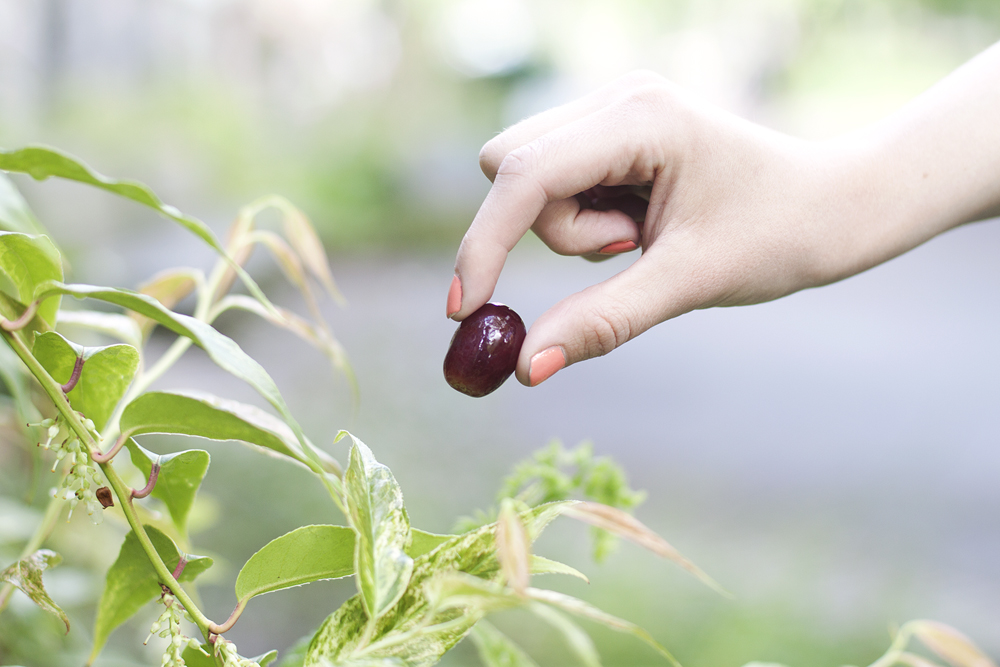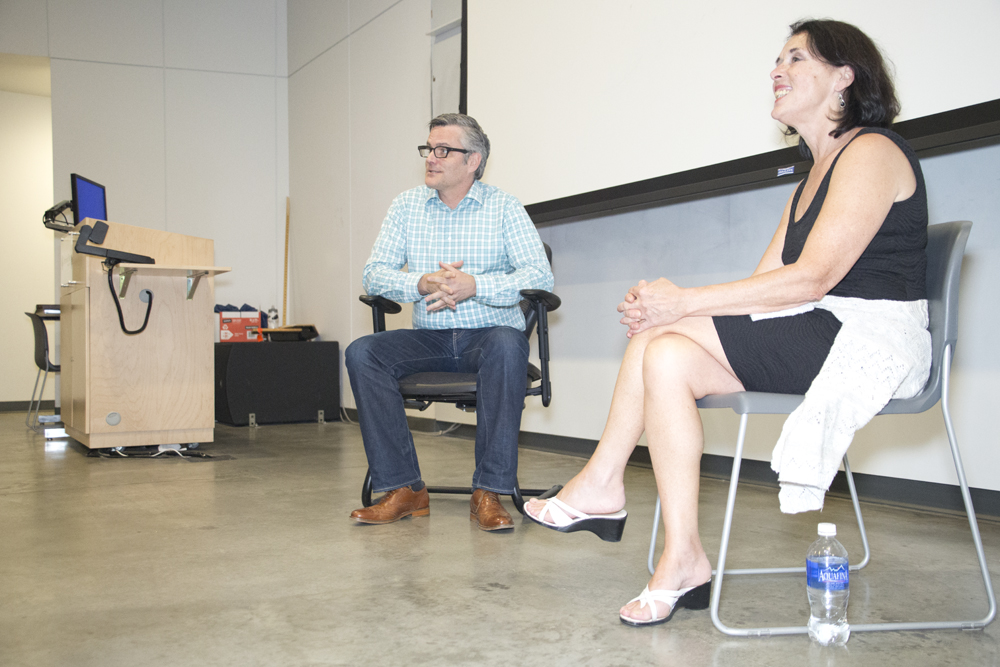It’s pretty common in the Northwest to see a blackberry bush on the side of a bike trail in the city. A little less common, is using those bushes and hundreds of other edible plants and trees around the city to forage for your meals.
If living like our Paleolithic ancestors sounds fun, without all the saber-tooth tigers and short life expectancies, you can get your foraging kicks right here in Portland.
Need some snacks on the go? Grab some cherries on Southeast 13th Avenue and Taylor Street. Looking for something a little more tropical? Try some kiwis on Northeast 11th Avenue and Knott Street. Want to brew up some beer? You can even pick up some hops on Southeast 14th Avenue and Salmon Street.
Before you go chow down on some dandelions though, you might want to do some research first. EdiblePortland.com lists different resources available in the area. These include books, websites and even a class called Urban Foraging 101.
One potential resource is a service called Wild Food Adventures, which provides a wide range of classes, expeditions, presentations, guides and outfitting. They seek to help people connect to the Earth and traditional ways of eating, and provide their services anywhere in North America.
John Kallas, director of Wild Food Adventures, has been publishing books on the subject of wild edibles since 1983. Kallas has a doctorate in nutrition, a master’s in education and degrees in biology and zoology.
After you’ve done your research and think you can distinguish between the good stuff and the bad stuff, you can head to UrbanEdibles.org. Here you can search the edible plants, trees and bushes in your neighborhood with an interactive map.
At the Urban Edibles website, anyone can post locations of edibles they have stumbled across. In Northwest Portland for instance, you can find a rosemary bush, blackberries and a pear tree. On Portland State’s campus, between Fifth and Sixth Avenues on Mill Street, you’ll find a tasty fig tree.
Southeast Portland contains the most logged points, with everything from Asian pears to plums, and raspberries to walnuts. On Urban Edibles you can also search by your address and browse by category.
Even if foraging for food isn’t your thing, you can spend your time in search of herbal remedies. In Northeast Portland, there are 10 different locations listed for Ginkgo Biloba plants.
With benefits like eating locally to cut down on transportation emissions and consuming food that would otherwise go to waste, some groups in Portland are taking full advantage.
Created in 2006, the Portland Fruit Tree Project works throughout the city to harvest and maintain fruit trees. In 2013 alone, the project donated over 20,000 pounds of fruit to families in need.
The Portland Fruit Tree Project has registered over 2,700 fruit trees in Portland and almost 2,000 more in the surrounding area. They host harvesting parties to collect their fruit, and volunteers help and learn how to live sustainably.
The volunteers are not there to just have fun, however. Fruit that doesn’t get donated goes home with the volunteers, 50 percent of whom are living on low income. The project’s list of awards includes the 2011 Oregon Urban and Community Forestry Award, the 2010 Innovators Award and the 2010 Light a Fire Award for best new nonprofit organization from Portland Monthly Magazine.
Along with the benefits and joy that can come with foraging through Portland, there is one warning that you should always keep in mind: Correctly identifying the plants, trees and bushes that are edible is your own responsibility.
Considering the dangers faced by the foragers that have come before you, at least you don’t have to worry about getting trampled by a wooly mammoth when you go foraging through Portland.





